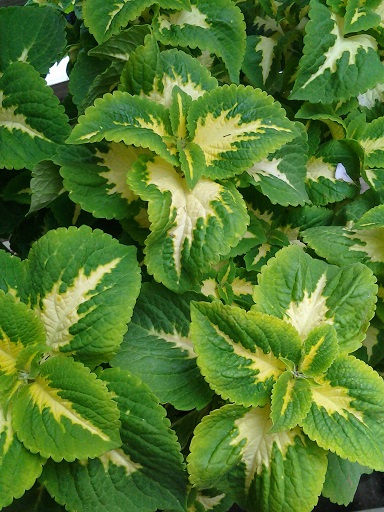UNITED STATES—There is someplace in the world for the brethren of each and every houseplant to grow wild. All houseplants do not originate from the same regions, and many were bred in cultivation, but all originate from somewhere. They are houseplants only because they are plants that can live in a house.
Most houseplants are from tropical regions, and many are understory plants that grow in the partial shade of taller trees. They are naturally tolerant of the mild temperatures and partial shade within the home. Not many deciduous plants will be happy without a winter chill.
Confinement is also a concern, since houseplants need to be potted, and stay below ceilings. Plants that need to disperse their roots will not work. Neither will plants that can not be pruned down as they grow. Some palms that work well in malls have leaves that get longer than the distance between the floor and ceiling in the home!
Most houseplants are grown for foliage instead of flowers, not only because a lack of seasons inhibits bloom, but also because their foliage is naturally so appealing. African violets are one of the more notable exceptions. Amaryllis is all flower, with almost no foliage, but typically gets discarded when done blooming.
Coleus and caladiums have such colorful foliage that there is no need for flowers. Bloom actually compromises their foliar quality anyway, which is why flower spikes get snipped from coleus.
Mauna loa lily is grown for excellent rich green foliage, but sometimes adds clear white blooms as a bonus.
All sorts of ferns are very good houseplants. However, a few, including the popular Australian tree fern, produce coarse fuzz that can be irritating to the skin. A few others, like sword fern, produce messy spores that can permanently stain fabric and carpet. Just because they can live in the home does not mean that they should.
The various ficus are excellent houseplants because they can grow quite large, but can also be pruned to fit into their particular situations. The popular weeping fig (Ficus benjamina) has an abundance of small glossy leaves. Rubber tree and fiddle leaf fig have big thick leaves. Creeping fig is even more distinct from the others, as a wiry vine that is popularly grown in hanging pots.
Highlight: coleus Out in the garden, coleus, Plectranthus scutellarioides, prefers partial shade where the foliage is less likely to get roasted during arid and warm summer weather. It is grown as a warm season annual instead of as a perennial, because it gets so tired through winter, and can be killed by even a very mild frost. Its sensitivity to exposure in the garden is probably why it is more familiar as a houseplant.
The flashy and sometimes deeply lobed foliage is variegated with any combination of green, chartreuse, yellow, orange, red, burgundy, pink, white, brown and almost black. Flower spikes should be snipped as they develop to keep foliage dense. The tiny purple flowers are not much to brag about anyway. Large plants can get to two feet tall and broad. Cuttings root easily in rich and regularly moist potting soil or just plain water. Seeds need sunlight to germinate, so should only be pressed onto the surface of damp potting soil without getting covered, and misted daily.






